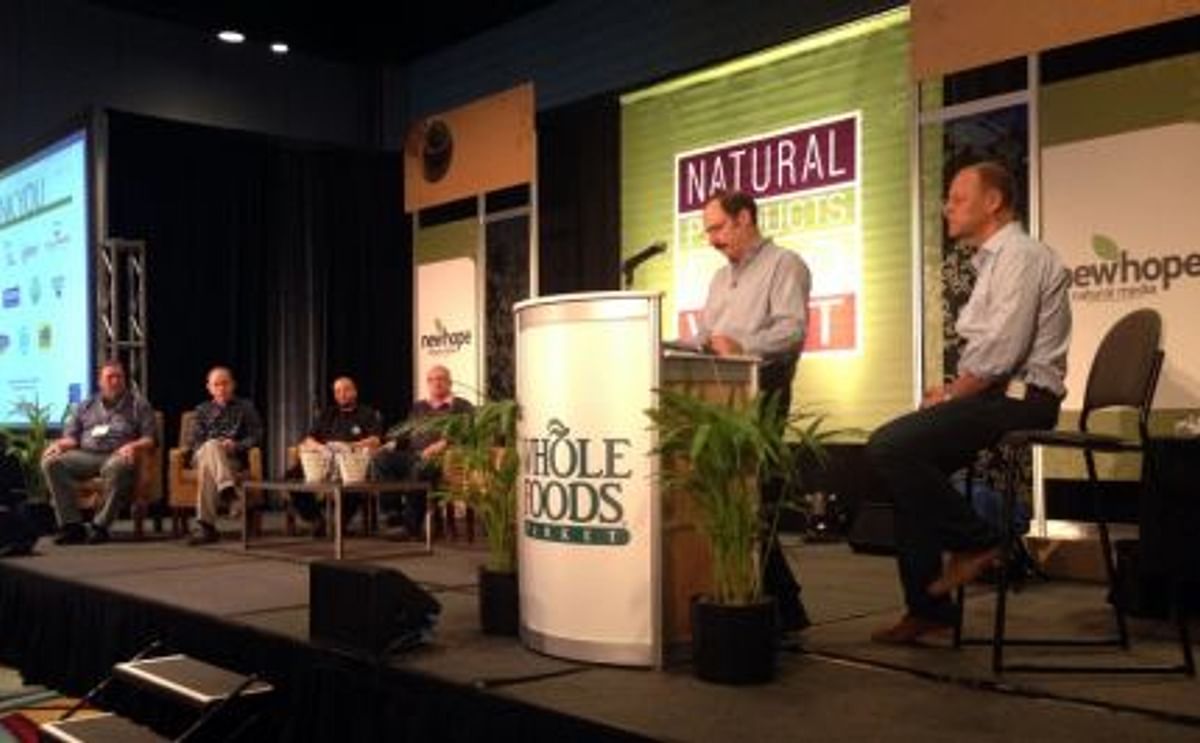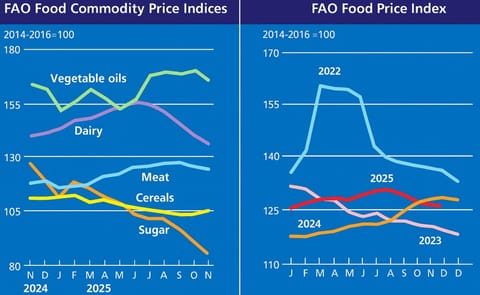Whole Foods Market announced today at Natural Products Expo West that, by 2018, all products in its U.S. and Canadian stores must be labeled to indicate if they contain genetically modified organisms (GMOs). Whole Foods Market is the first national grocery chain to set a deadline for full GMO transparency.
“We are putting a stake in the ground on GMO labeling to support the consumer’s right to know,” said Walter Robb, co-CEO of Whole Foods Market. “The prevalence of GMOs in the U.S. paired with nonexistent mandatory labeling makes it very difficult for retailers to source non-GMO options and for consumers to choose non-GMO products. Accordingly, we are stepping up our support of certified organic agriculture, where GMOs are not allowed, and we are working together with our supplier partners to grow our non-GMO supply chain to ensure we can continue to provide these choices in the future.”
Whole Foods Market has been collaborating with many of its supplier partners for several years to source products without GMO ingredients. In 2009, the company began putting its 365 Everyday Value™ line through Non-GMO Project™ verification and encouraged its grocery supplier partners to do the same. Whole Foods Market currently sells 3,300 Non-GMO Project verified products from 250 brands, more than any other retailer in North America. It will now expand this effort, working with suppliers in all categories as they transition to ingredients from non-GMO sources, or clearly label products containing GMOs by the five-year deadline. Whole Foods Market will make announcements about progress and key milestones along the way.
“We’re responding to our customers, who have consistently asked us for GMO labeling and we are doing so by focusing on where we have control: in our own stores,” said Robb.
GMOs are now part of an ongoing national conversation, thanks to efforts of various advocacy groups such as JustLabelIt.org and to individual states considering their own mandatory labeling laws, like the efforts that are now underway in Washington state. “Whole Foods Market supports that measure and looks forward to supporting other state efforts that may finally lead to one uniform set of national standards,” said Robb. “While we are encouraged by the many mandatory labeling initiatives, we are committed to moving forward with our own GMO transparency plan now.”
“We have always believed that quality and transparency are inseparable and that providing detailed information about the products we offer—such as 5-Step Animal Welfare ratings in meat, Eco Scale rated cleaning products in grocery, stringent wild and farm-raised standards in seafood, and now labeling GMOs throughout the store—is part of satisfying and delighting the millions of people who place their trust in Whole Foods Market each day,” said A.C. Gallo, president of Whole Foods Market. “This bold task will encourage manufacturers to ask deeper questions about ingredients, and it will help us provide greater transparency about the products we sell so our customers can be empowered to make informed decisions about the foods that are best for them.”
Until there is GMO labeling, consumers can rely on Non-GMO Project verified products and certified organic products if they want to avoid GMOs. The U.S. National Organic Standards prohibit the intentional use of GMO seed in the production of organic crops. As a pioneer in the U.S. organic food movement for the past 32 years, Whole Foods Market now offers thousands of organic products, the largest variety in the country.
The company has 7 stores in the U.K., which already requires labeling for all foods or feeds that intentionally contain or are produced from GMO ingredients.
Source: Whole Foods Market
Whole Foods Market makes GMO labeling mandatory as of 2018

Like to receive news like this by email? Join and Subscribe!
Get the latest potato industry news straight to your WhatsApp. Join the PotatoPro WhatsApp Community!
Highlighted Company
Sponsored Content
Sponsored Content
Sponsored Content
Sponsored Content








